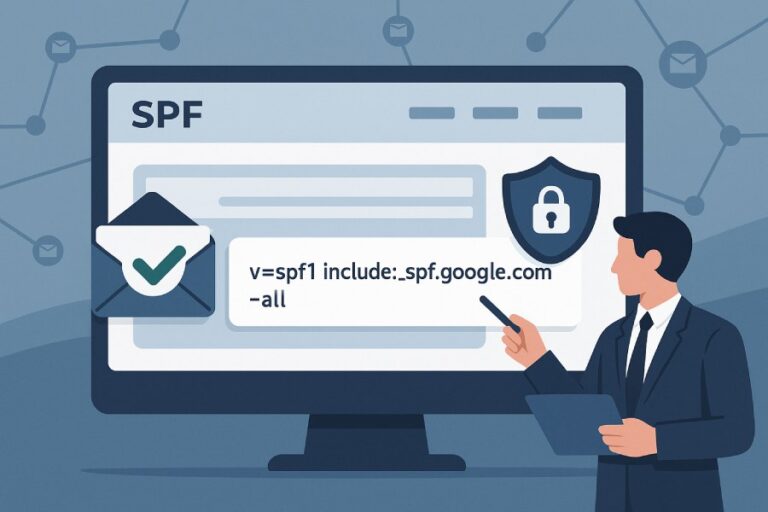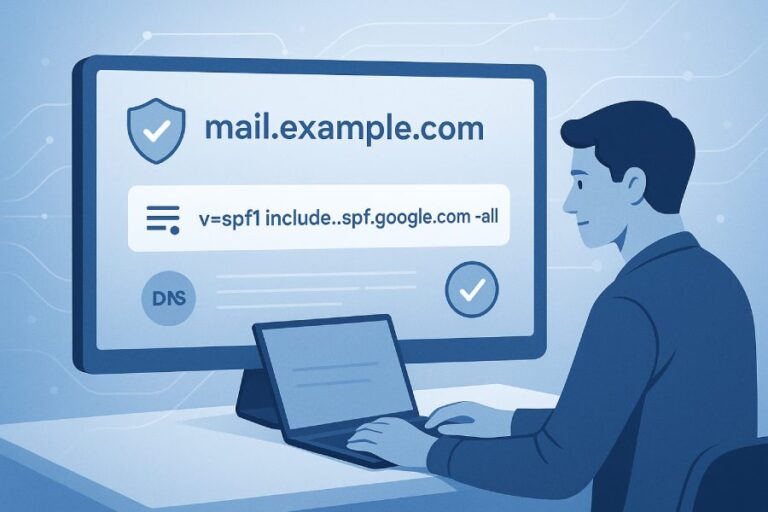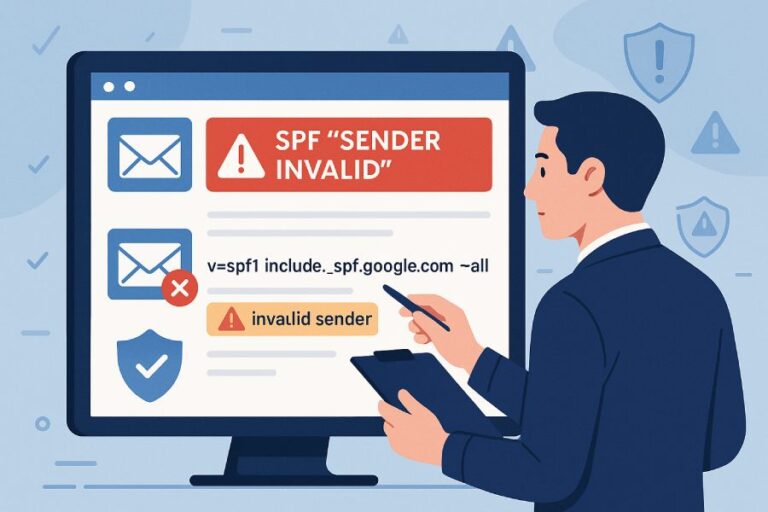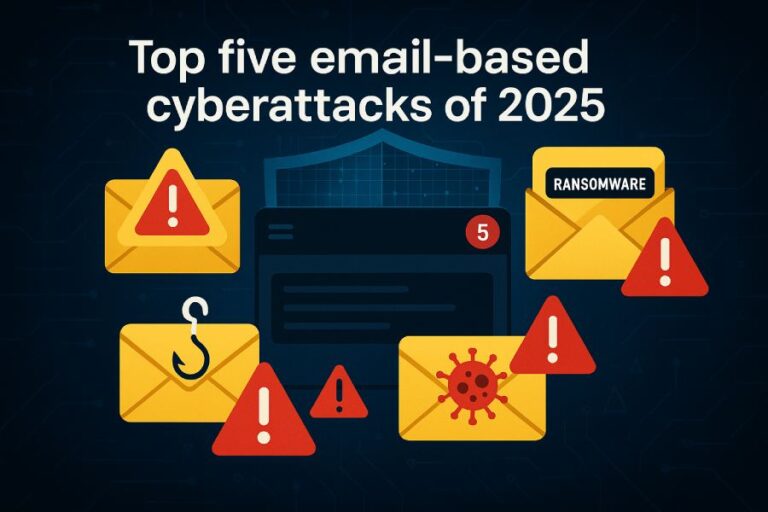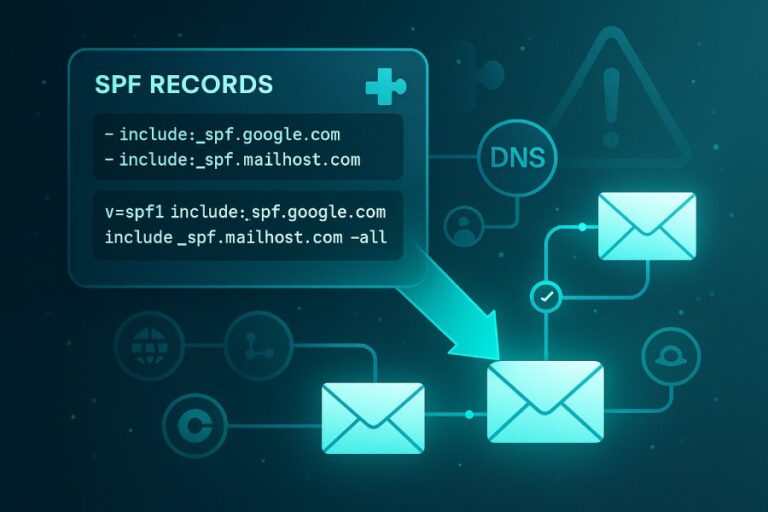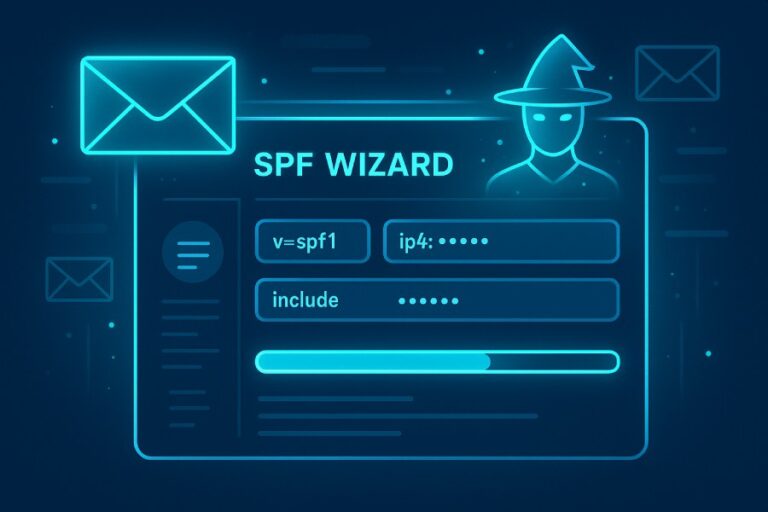Setting SPF, DKIM, and DMARC for Loops.so
Setting up SPF, DKIM, and DMARC for your Loops.so domain is one of the most important steps to keep your emails secure and trusted. These records make sure that only authorized servers can send emails from your domain and that messages aren’t tampered with in transit. SPF checks if the sender’s server is allowed, DKIM…

